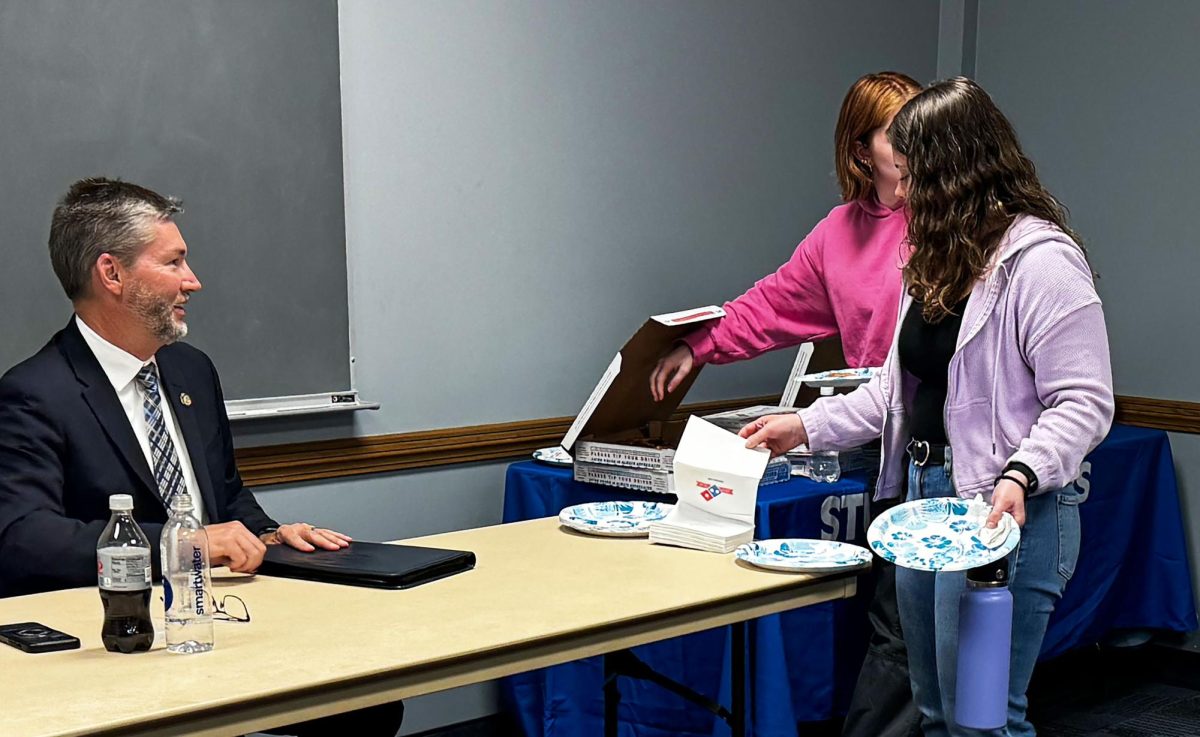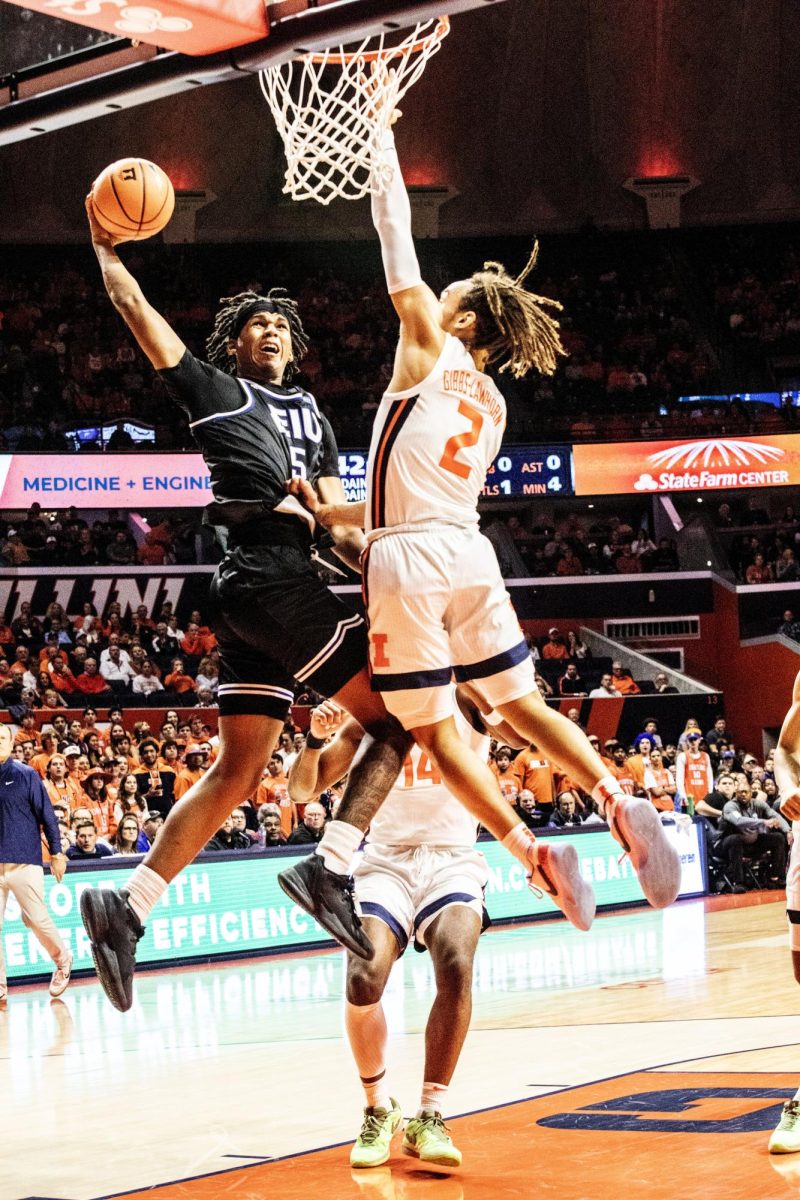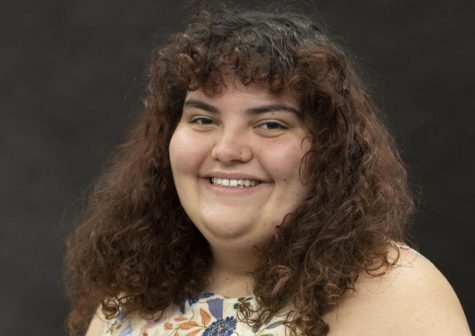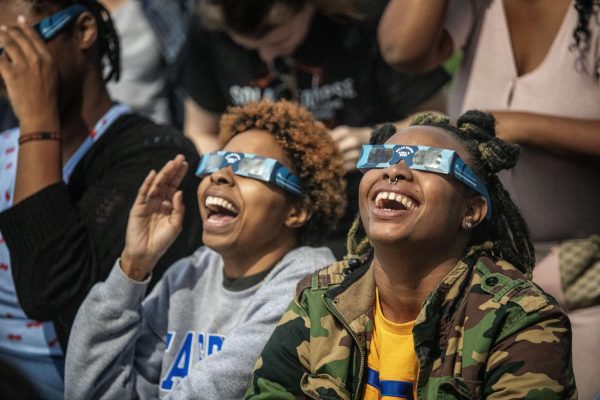Enrollment: on-campus total down 3.16 percent
January 31, 2020
A full report of 10th-day enrollment numbers showed a 3.16 percent decrease in on-campus enrollment but a total 1.57 percent increase in students.
The current on-campus head count is 4,475 students, down from 4,621 students in Spring 2019.
Total enrollment is at 7,621 students this spring after being at 7,503 students last spring.
Currently, Eastern students are enrolled in 74,806 credit hours.
High school students are taking 7,041 credit hours, undergraduates are taking 56,421 and graduate students are taking 11,344.
Of the undergraduate credit hours, 22,209 are lower division courses and 34,212 are upper division courses.
There is a total of 3,016 male students and 4,605 female students.
Undergraduate freshmen make up 10.63 percent of students, sophomores are 10.03 percent, juniors are 13.05 percent and seniors are the largest class on campus at 21.61 percent.
High school students make up 22.77 percent of the student population and graduate students make up 21.27 percent.
The total of high school students taking dual-credit courses decreased from 1751 students to 1735 from Spring 2019 to Spring 2020.
Josh Norman, vice president of enrollment management, said dual-credit enrollment varies every year based on the students enrolled in the high schools that Eastern is paired with.
“We just haven’t been taking on any new partners, so you’re going to have fluctuation with high school enrollments, and so that’s going to affect your dual-credit numbers because if you’re not taking on new partners, the enrollment at the high school level is going to impact the number of dual-credit students you have within your enrollment funnel,” Norman said.
Graduate students saw a 9.56 percent increase this semester compared to last spring and the largest increase in enrollment while undergraduate students saw a 0.38 percent decrease, and high school students taking dual-credit courses decreased 0.91 percent from last spring to Spring 2020.
Fall enrollment sees the majority of traditional-track students while spring enrollment sees more nontraditional students.
Norman said increases in spring enrollment helps alleviate the stress of reaching goals in the fall.
“As we assess our enrollment goals, when we have growth in the spring term, that actually takes pressure off of the fall goals because your large goals are in the fall with freshmen and transfers,” Norman said. “It’s nice when you see that kind of increase in those populations because then there’s just a little less pressure on those goals for fall.”
As the enrollment management office prepares for next semester, he said it is hoping for a 100-student increase in the freshman class from last fall.
“We had a 24.5 percent increase two years ago and then a 12.5 percent increase in the freshman class a year ago, and so we’re talking about our goal again this year is another 100-student increase … this year, we’re looking for 1000 new freshmen. That’s what we’re shooting for; that’s the goal,” Norman said.
Norman said the final goal is to reach 9,000 to 10,000 students so enrollment matches the resources on campus.
“That’s where we feel like we can be at a place where our resources are where they need to be, and we’re able to best serve our students with the ultimate goal being student success,” Norman said.
Corryn Brock can be reached at 581-2812 or at [email protected].

















































